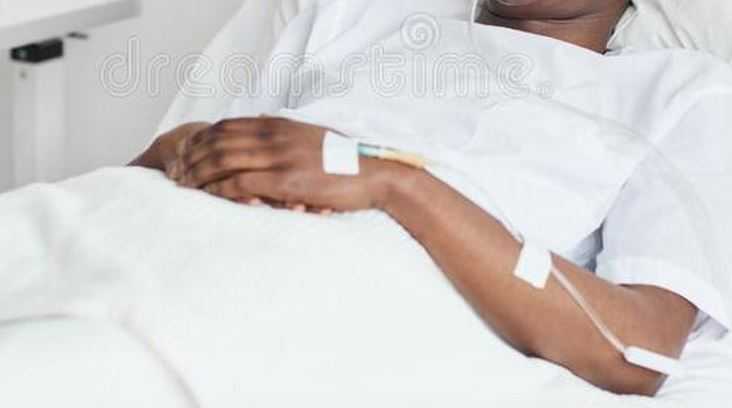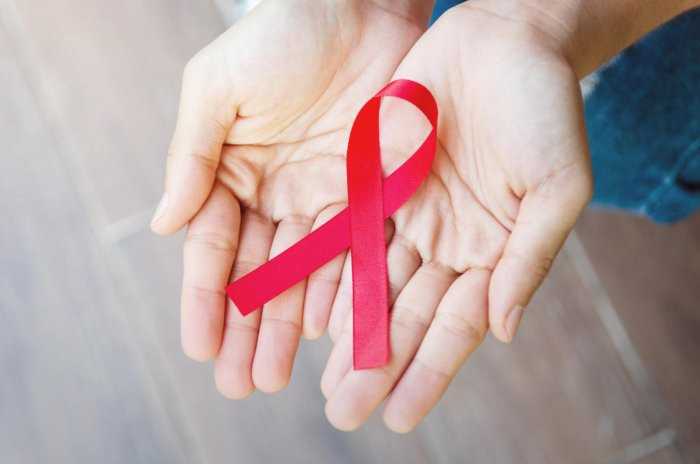
Doctor Reveals What Really Happens in our Final Moments before Death
EDINBURGH, SCOTLAND – AUGUST 25: Author Dr Kathryn Mannix attends a photocall during the annual Edinburgh International Book Festival at Charlotte Square Gardens on August 25, 2018 in Edinburgh, Scotland. (Photo by Roberto Ricciuti/Getty Images)
A retired doctor has revealed the process of exactly what happens to our bodies before we die.
Dr Kathryn Mannix, who worked in palliative care for 30 years, broke down our final moments on BBC Women’s Hour.
By Sian Elvin
She discussed her new short animation ‘Dying for Beginners’, which aims to ‘tackle the fear’ people have surrounding the end of their lives.
‘It’s not a frightening mental state to be in, it’s a state of not knowing anything,’ she told host Emma Barnett.
‘The first thing that’s noticeable is just that the body starts to run out of energy, almost like when you’ve got an old mobile phone and the battery won’t stay charged.
‘And the charger is sleep. More than food, more than drink. And in fact a lot of dying people don’t feel very hungry and that’s fine.
‘They’re not dying because they’re not eating. They’re not eating because their body is dying.
Author Dr Kathryn Mannix
Dr Kathryn qualified as a cognitive behaviour therapist in 1993, and then launched the UK’s first CBT clinic exclusively for palliative care patients (Picture: Harper Collins)
‘So as time goes by people gradually need more sleep to give them intervals of enough energy to think and do what they can.
‘And gradually people become not just asleep, but unconscious. Now they don’t recognise the difference.’
She also spoke about the so-called ‘death rattle’ which can sound distressing.
‘The brain runs reflex breathing patterns that move backwards and forwards between quite deep breathing that gradually becomes more shallow,’ Dr Kathryn explained.
More Trends
Court Lifts Proscription Ban on IPOB, Awards Nnamdi Kanu N8bn
Soludo Empower 5,000 Anambra Youths With 2 Billion Naira (Photos)
Palliative care doctor reveals what really happens to us moments before we die
‘And then back to the beginning again, and backwards and forwards between periods of quite slow breathing, more rapid breathing, back to slow breathing again.
‘Now if you haven’t seen that before, you might think that the person who is breathing, perhaps fast but shallow, is struggling to breathe or is panting or is uncomfortable.’
She said this was a sign of ‘deep unconsciousness’ and your life does not flash before your eyes, as often depicted in films.
She added: ‘This person is quite safe. And then at the very end of somebody’s life there will usually be one of those slow breathing phases.
Model, 60, evicted from beach hut for wild antics loses expensive court battle
‘There will be a breath out that just doesn’t have another breath in after it, which is not at all what Hollywood has lead us all to expect.’
Dr Kathryn said this facts may not make a person’s death less sad, but hopes it may make it seem less scary.
‘To take away the fear, I think is the mission I’m on,’ she added.
Dr Kathryn qualified as a cognitive behaviour therapist in 1993, and then launched the UK’s first CBT clinic exclusively for palliative care patients.
Source: Metro.co.uk




